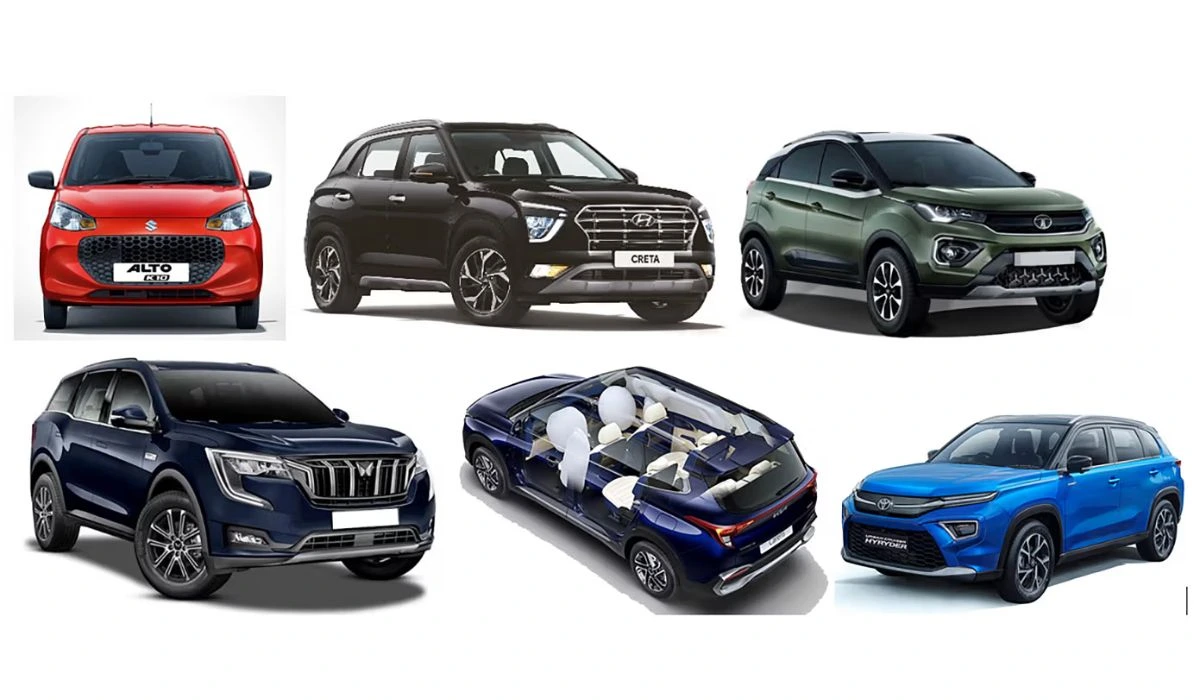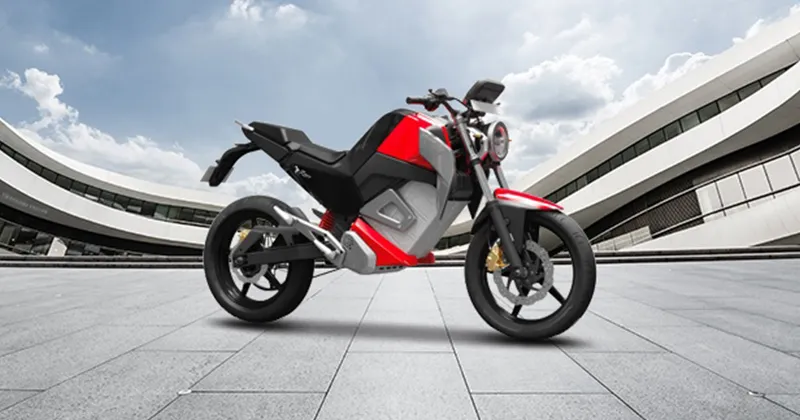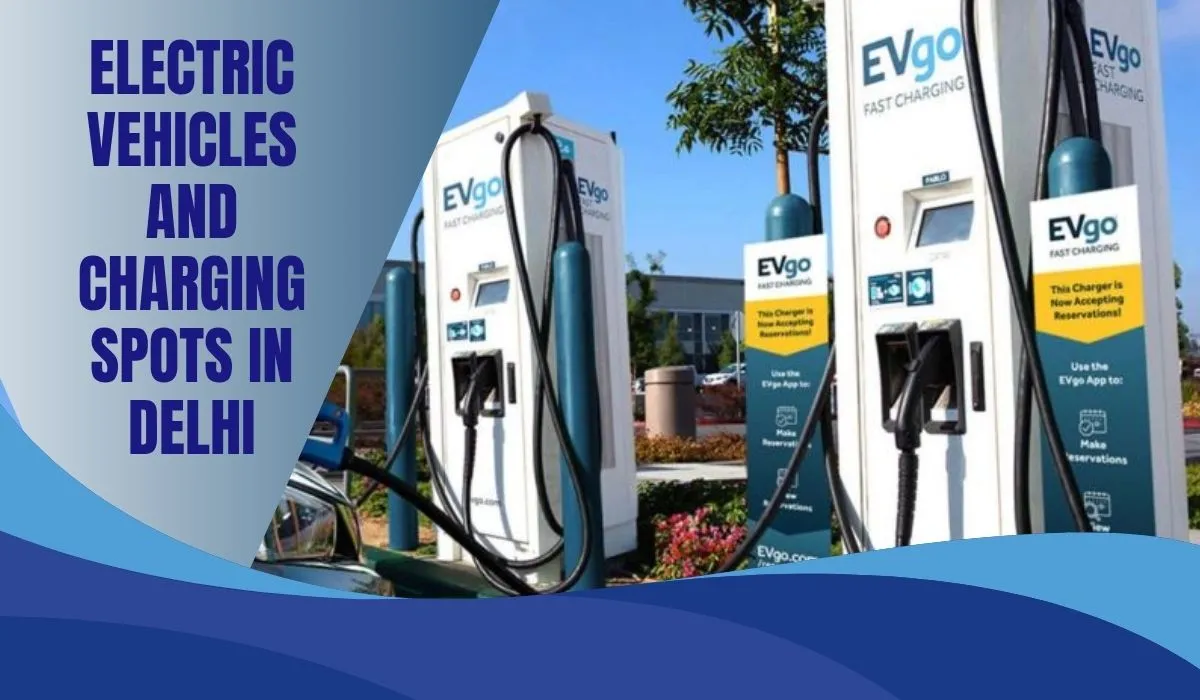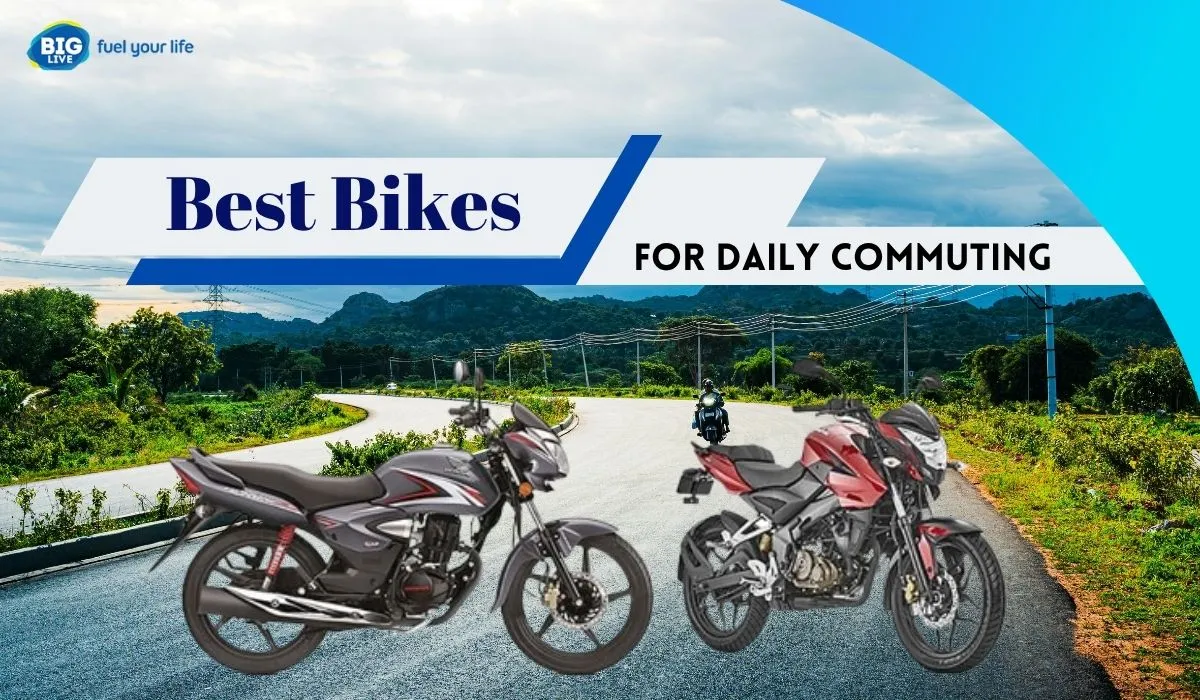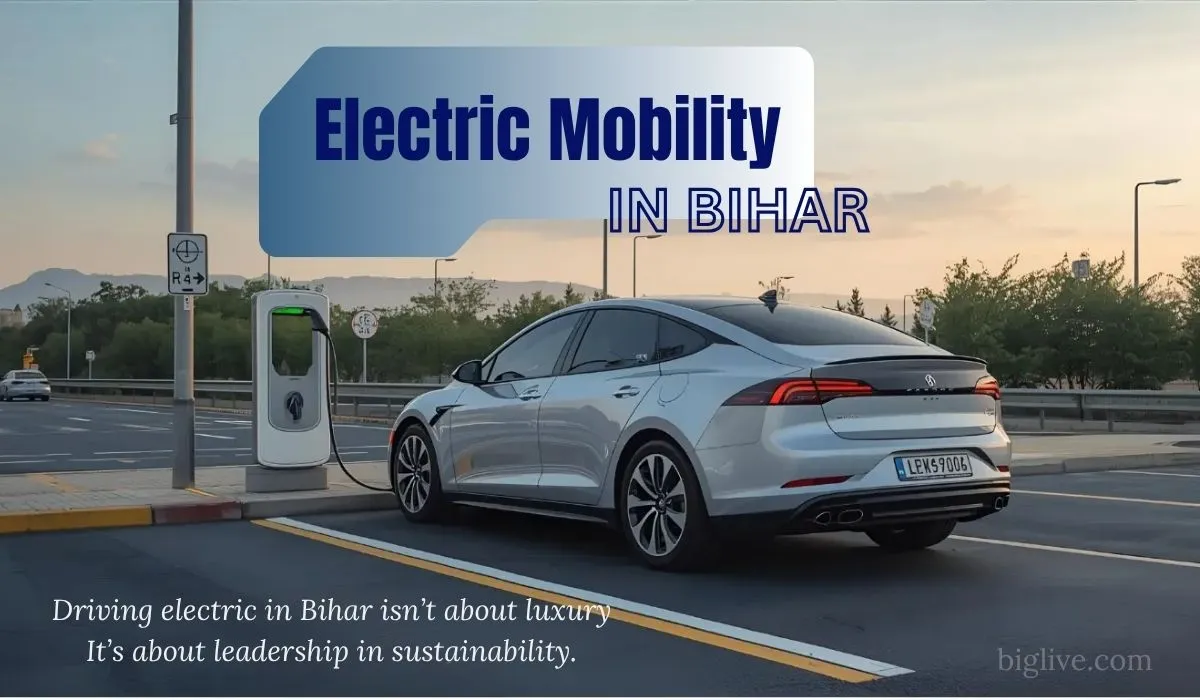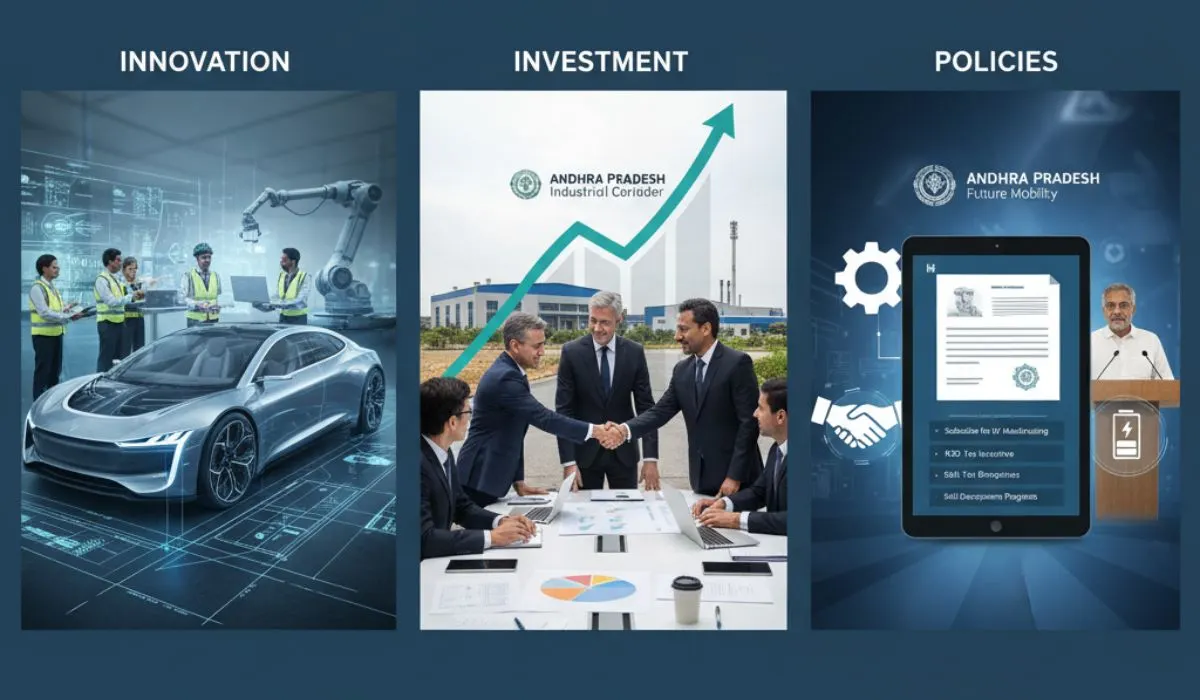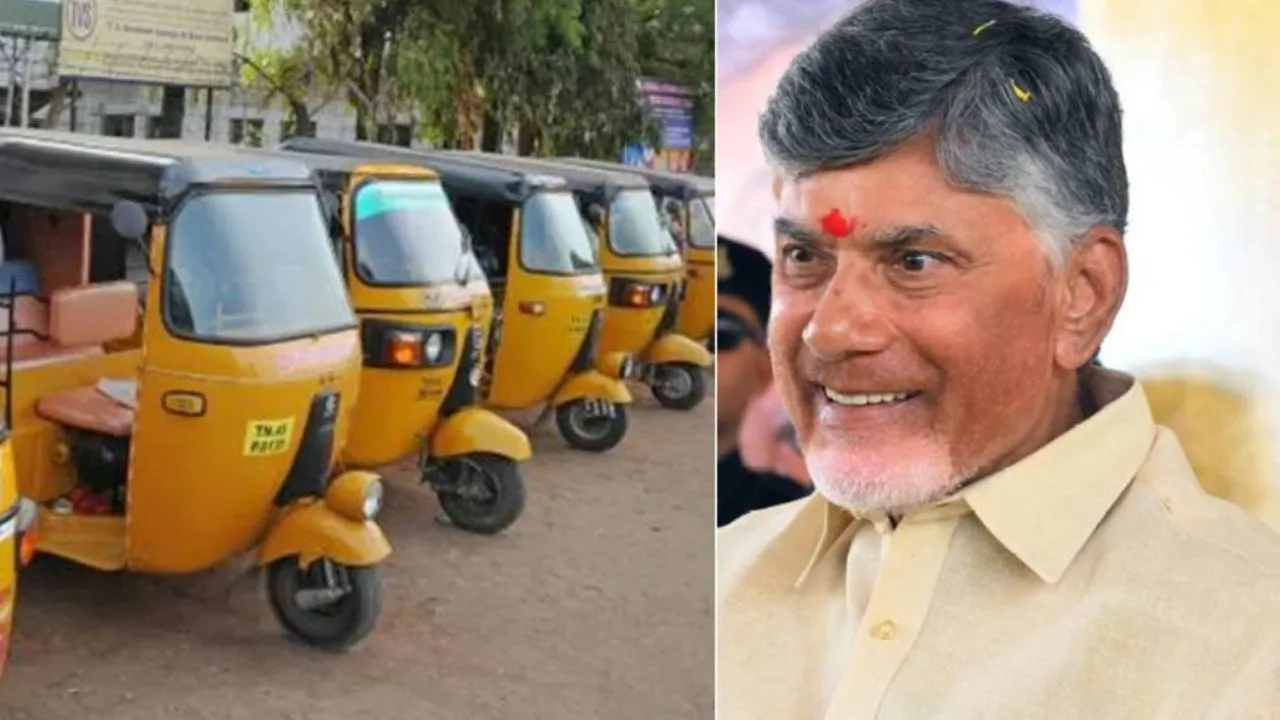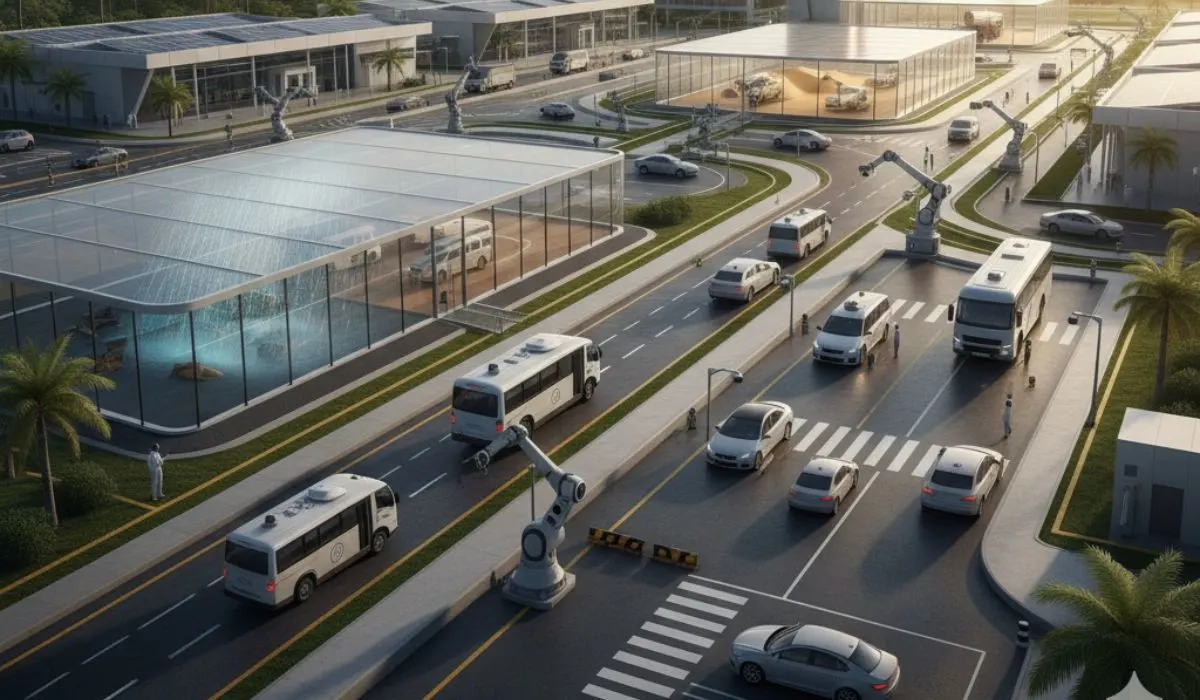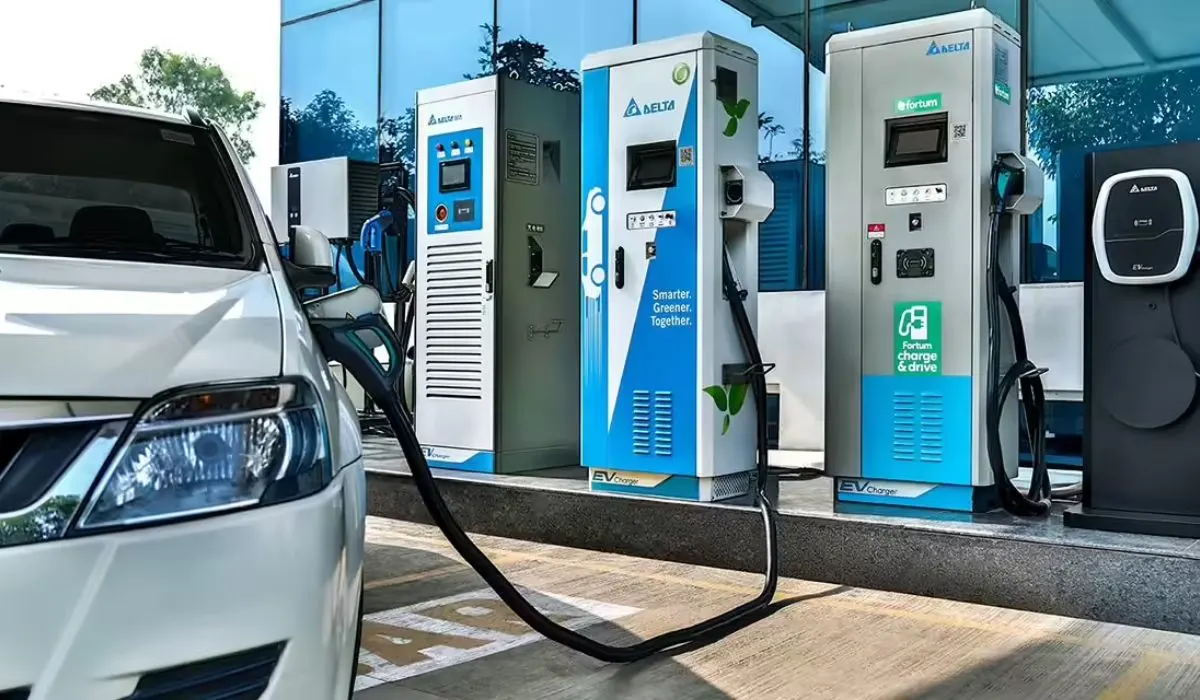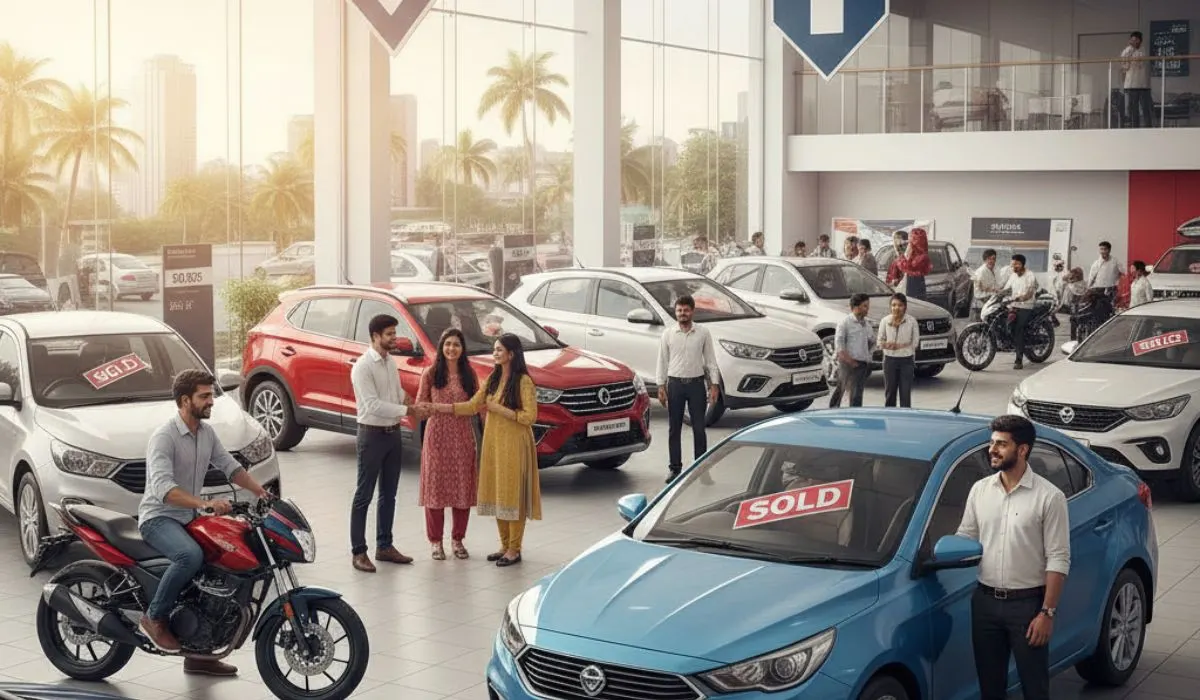Roads in India are bustling with activities. People travel to work or to markets. They pick and drop their kids to school or maybe go on a family trip. All of this depends on vehicles. Behind these vehicles are the automobile companies in India, working daily to keep the country moving. India is one of the busiest car markets today. We now have more options than ever. The automobiles range from scooters to electric SUVs. The automobile industry keeps growing.
How India’s Auto Industry Took Off
India’s auto market wasn’t always big. Earlier people relied on buses and bicycles. There were fewer cars . Over time, things changed. New companies came in. People earned more. Roads improved. Cars and bikes became reality for many.
India is currently the third largest vehicle market in the world. It overtook Japan in 2023. This increase is due to powerful local companies. Major global brands are selecting India for their factories and sales.
Top Automobile Companies in India

These top automobile companies in India are trusted by millions of people across the country.
Maruti Suzuki
Maruti is the most trusted car brand in India. For many, it was their first car. Maruti is known for small easy to drive vehicles. Models like Alto, Swift and Baleno are made for daily rides. These cars save fuel. They are usually low maintenance.
Tata Motors
Tata builds strong and stylish vehicles. Nexon and Punch are among their most loved models. Tata also makes electric cars, helping the country move toward cleaner roads. The brand is known for safety. Their design and performance is also popular.
Mahindra and Mahindra
Mahindra makes tough vehicles. Its Scorpio and Thar are made for both cities and rough roads. Farmers and small businesses also use Mahindra’s tractors and three-wheelers. The company is now working on electric SUVs.
Hyundai India
Hyundai offers comfort and style. Its cars are packed with smart features. Popular models like i20 and Creta are great for families. Hyundai was one of the first to bring touchscreen systems to budget cars.
Hero MotoCorp
Hero makes two-wheelers used across the country. Bikes like Splendor and HF Deluxe are built for long use. They are trusted by students, workers and families.
Growth of Electric Vehicles
As petrol prices rise and pollution increases, electric vehicles are getting popular. New companies are working hard to build smarter and greener machines.
Ola Electric
Ola electric scooters are manufactured in Tamil Nadu. They are faster and quiet. They can be charged at home. Controlling the scooter by your phone is another significant feature.
Ather Energy
Ather builds modern scooters with touchscreens, maps, and fast charging. They are good for busy roads. Ather is now expanding to more states.
Revolt Motors
Revolt makes electric bikes. These bikes are easy to ride and don’t make noise. Many young riders and delivery agents use them. They’re cheaper to run than petrol bikes.
Automobile Manufacturing in India
India is now a top place for making vehicles. Global companies build cars here because:
- Labour is skilled and costs less
- Local demand is huge
- The government supports factories
- There are good roads and ports for exports
Places like Chennai, Pune, and Gujarat have big auto hubs. Cars made in India are sold abroad as well.
How the Industry Is Changing
Today’s vehicles are much smarter and safer. Most cars now have reverse cameras and airbags. Many models offer keyless entry and smart screens. Even budget cars are safer and cleaner than before. The government is also pushing for more electric vehicles by giving discounts and building charging stations.
The Switch to EVs
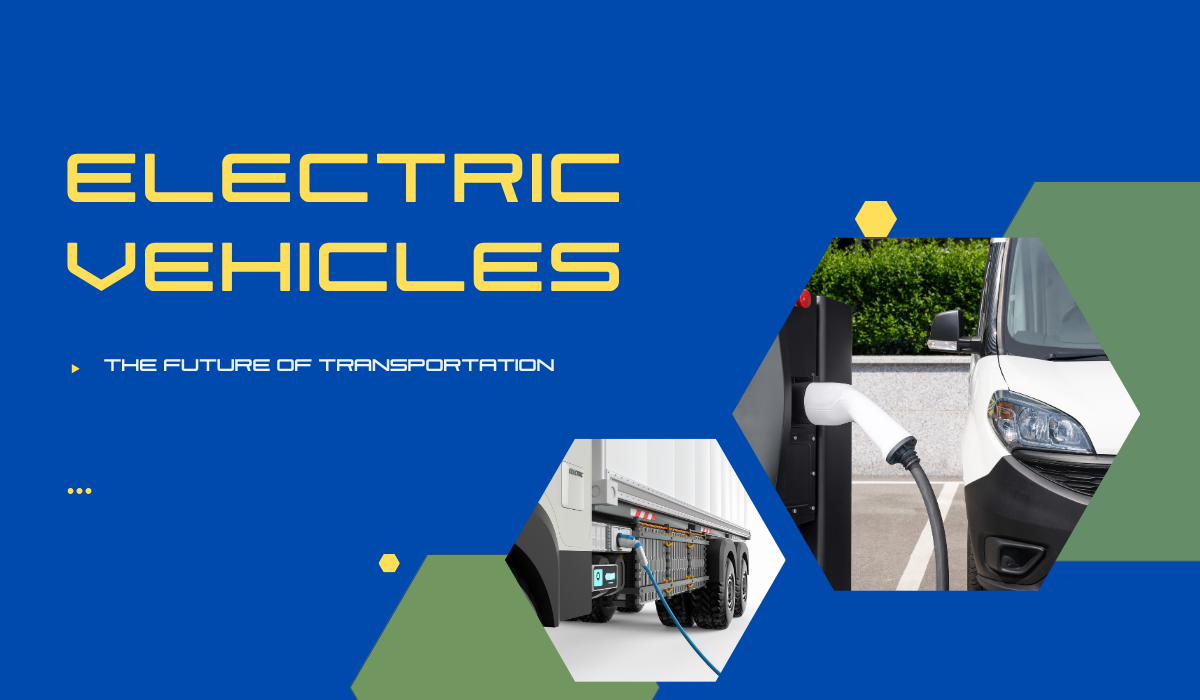
In urban cities like Pune, Delhi and Bengaluru, you can spot people moving around quietly on electric scooters. EV charging stations are now present all around. The shift was slow but continuous.
What was once a high-end trend is now a common choice. People now ask about charging time and battery life more than fuel mileage. In many showrooms, the most test-driven vehicles today are electric ones. Big discounts from the government have also made EVs more affordable. They have fewer moving parts. This means that they break down less. Still, people are cautious. They want more charging stations and better battery life. The interest in EV is rising. The mindset is slowly shifting. Electricity is now becoming the present.
Reason behind this Shift
More Indians are now thinking about the cost of petrol, the quality of air, and the ease of driving. Students prefer e-scooters to avoid fuel costs. Office-goers like the comfort of silent rides. Food delivery riders are turning to electric vehicles. This is because they are cheaper to maintain.
Electric vehicles are not just cool. They are practical. Families living in apartments are installing charging points. Some offices offer free EV charging as an added perk. Even housing societies are holding awareness drives to help more people understand how EVs work.
What’s Working
- Cars and bikes have become affordable
- Young buyers are attracted to smart features
- Clean vehicles are gaining support
- Exports are increasing
Challenges
- Prices of raw materials are rising
- Electric vehicle charging is still limited in small towns
- Global shortages of parts like chips can delay production
- Even with these issues, companies are adapting and moving forward.
Why India Matters for Global Companies
India has:
- A large number of young buyers
- Skilled workers in tech and engineering
- Fast evolving cities and towns
- Government support for clean mobility
This makes India the right place to design, make, and sell new vehicles.
The Road Ahead
Electric cars and scooters will soon be normal on Indian roads. Charging stations will come up across the country. Cars will become cleaner, safer, and smarter. Companies will also bring new options to match Indian needs. Vehicles will become more local, more affordable, and more advanced.
Conclusion
The automobile companies in India are shaping how people live, move, and connect. These companies don’t just sell cars and bikes. They help people reach dreams, build careers, and move forward—one trip at a time.



